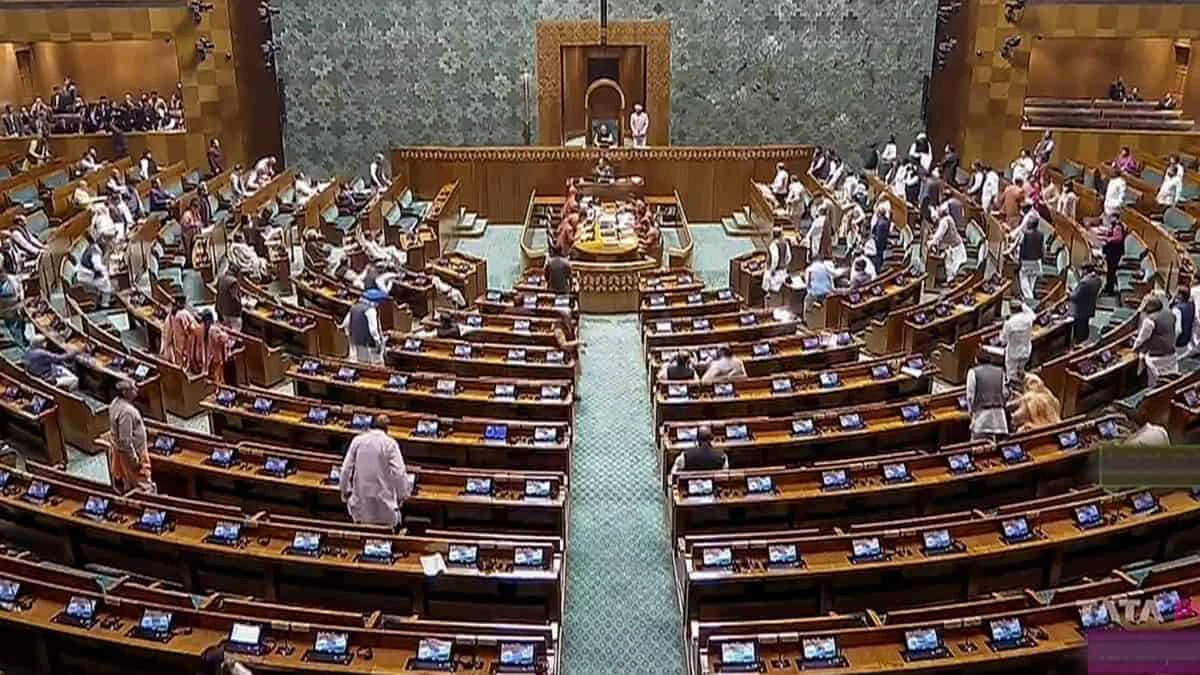The Modi government’s recent announcement of the Census date as March 2027, before the implementation of a 33 per cent quota for women in Parliament and State legislatures in the 2029 polls, has been welcomed by women.
This is not just a step but a monumental leap for women’s empowerment and gender justice-a cause that women have long championed. The introduction of a women’s quota in legislatures, preceded by a Census and delimitation, is a significant milestone that must come sooner rather than later. This process is closely tied to the concepts of delimitation and the Census. Delimitation will follow the Census, followed by the implementation of the one-third quota for women.
Why is this topic coming up now, considering that the 2029 elections are still some time away? It seems that the Bharatiya Janata Party (BJP) aims to keep this issue in the spotlight to attract women voters in the interim. All political parties are making efforts to court women voters in the upcoming elections, whether for the Lok Sabha or state assemblies. State assembly elections, such as those in Bihar, are scheduled for later this year, with more set to occur next year.
The Congress party and other Opposition parties have been criticising the Modi government for the delay in conducting the national Census. Two key issues need to be addressed before the government can implement the women’s quota: the Census and delimitation. Both are sensitive issues.
Sensitive issues
Once the data from the Census is available, Parliament will need to pass a Delimitation Act to establish a commission for overseeing the redrawing of constituency boundaries.
Women’s empowerment is a long-standing effort to provide one-third reservation for women. This goal has been on the agenda of previous governments. However, the Modi government successfully passed the law in 2023, with implementation scheduled for 2029.
Historically, despite facing Opposition from parties such as the Samajwadi Party and the Rashtriya Janata Dal (RJD), the bill was passed in both houses of Parliament in 2023. Many male representatives expressed concerns about possibly losing their seats due to the redistribution, which favoured women. Nevertheless, the government pushed the bill through, and members adhered to the party whip.
The nationwide Census, scheduled for March 2027, will include caste enumeration for the first time, and the results will significantly influence the delimitation process. Delimitation is not just a technicality but a crucial process as it redraws the boundaries of parliamentary and assembly constituencies, particularly when the population has increased more than five times since Independence. The anticipation and uncertainty surrounding this process are palpable.
Delimitation to create more seats
Most politicians are closely monitoring how these constituencies will be redrawn. Delimitation can create more constituencies based on the latest Census data. Media reports say that it could increase the number of Lok Sabha seats from 543 to 888 and the number of Rajya Sabha seats from 250 to 384, according to a government response to the Supreme Court. This increase could lead to a more representative and diverse Parliament. Envisaging this, the new Parliament building has adequate seating capacity to accommodate the increased number of members.
While central states such as Bihar, Madhya Pradesh, and Rajasthan could gain approximately 31 seats, southern states like Tamil Nadu, Andhra Pradesh, and Kerala might lose around 26 seats. Currently, the Lok Sabha’s representation is based on population figures from the 1971 Census.
The delimitation of seats was frozen in 1976 and again in 2001 to promote family planning, and this freeze will remain in effect until after the first Census post-2026. Southern states are concerned that reliance solely on population figures may not accurately reflect their representation, as they have successfully controlled population growth. They worry about getting fewer seats compared to northern states. Tamil Nadu Chief Minister M K Stalin stated on X, “The Indian Constitution mandates delimitation after the first Census post-2026. The BJP’s delay of the Census to 2027 reveals their intention to reduce Tamil Nadu’s parliamentary representation. We need clear answers from the Union government.” Home Minister Amit Shah has assured that southern states will not lose any seats on a pro-rata basis.
Parties may lose traditional bases
These changes could not only alter the numbers but also shake the existing power base. Political dynasties, particularly in some northern states, which are deeply rooted, could lose their traditional seats of power. They may need to reassess their strategies.
The women’s quota may quietly usher in one of the most significant political realignments in decades, challenging not only regional balance but also entrenched power hierarchies.
Ultimately, the women’s quota could become a game changer if it parallels the earlier initiative that empowered women’s sarpanches through a bill in 1992. That effort was so successful that today, there are 1.45 million women sarpanches. The success of the present initiative largely depends on women’s commitment to entering politics.
